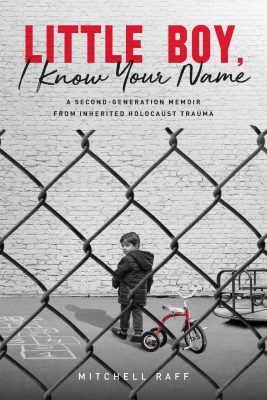The year is 1980, and our introduction to Alicia Barron’s life begins with tragedy. Alicia has recently returned to her childhood neighborhood to teach elementary school and her closest friend, Maria Sandoval, has died in a car crash along with her husband and their oldest child.
Growing up in a largely Latino neighborhood where the cultural and family ties were extremely strong, Alicia always had the nagging doubt that her mother didn’t belong. When she sided with the protesters against the Viet Nam Conflict, she found herself on the opposite side of many lifelong friends and family members—some who lost loved ones in the Korean War and in Viet Nam. It wasn’t long before Alicia found herself feeling ostracized even by her own mother, Carla.
When Carla dies, Alicia inherits her grandfather’s house along with keys to unlocking her family’s past. Alicia sets out to learn more about her mother’s family in an effort to achieve greater understanding of her mother and give herself the roots and family history she so desires. She has already learned and accepted that her mother was white, but what she learns next shakes the foundation of what she holds true—that family heritage may determine a large part of who we are.
Growing up Alicia craved the kind of roots and dynamics that she thought a big strong family should have–such as the ones she saw growing up. She felt that her mother was unwilling to provide these things. Whenever Alicia would question her mother about who they were her mother would tell her she had a “Latin soul” and that was all that mattered. Alicia spent the first part of her life believing she was a “Latina princess” while the other children in school whispered she was mestiza.
Some readers may be unfamiliar with the term mestiza and it is never really defined in the novel. The term mestiza roughly refers to someone of mixed racial or ethnic heritage and specifically refers to someone with mixed European and Native American heritage. Alicia is Chilean and European and therefore “mestiza” in the eyes of others, most notably the large Mexican population that makes up her neighborhood. Alicia finds herself in limbo feeling that she is not fitting in anywhere.
Alicia must overcome several hurdles in her journey to learn more about her mother and herself, one of which is her boyfriend, Ricardo Moreno. Ricardo is conflicted about Alicia’s heritage. While he loves Alicia’s passion for life and dancing and her Latina heritage, he is unable to accept her “gringa” side. This is a part of Alicia he wants to ignore completely (along with her mother) or at the very least, avoid as much as possible. But Alicia feels this is a rejection of a part of her that she cannot deny exists.
Kirscht deftly tackles the sensitive issues of racism, cultural bias, and discrimination from, what may be considered by some, a new and different perspective. She shows through The Inheritors timeline the ever changing nature of ethnicity, culture, and belonging. Readers are instantly dropped into the changing culture of Chicago under the prism of the 1960s through the 1980s with narrative flashbacks.
The Inheritors by Judith Kirscht is a novel of one woman grappling to find her cultural and personal identity. Tolerance of others and the need for communication is required from each of us is an overriding theme in this second work of Kirscht’s that explores the complexities of human nature and family bonds.










Leave A Comment